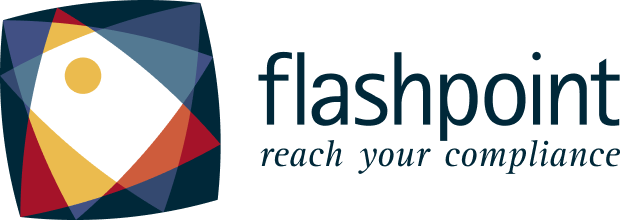The Regulation (EU) 2017/821 of the European Parliament and of the Council, also known as the Conflict Minerals Regulation, establishes strict due diligence obligations within the supply chain for EU importers of tin, tantalum, gold, and tungsten (3TG) extracted in conflict-affected or high-risk areas. This regulation aims to disrupt the financing that armed groups obtain through the illicit trade of these minerals and the related exploitation of labor, which occurs in total violation of human rights. By setting transparency and accountability requirements for all EU importers, supply chains can be made traceable and free from illicit activities.
The Regulation is inspired by the existing U.S. legislation, Section 1502 of the Dodd-Frank Wall Street Reform and Consumer Protection Act, which shares the same fundamental goal as the Conflict Minerals Regulation but differs in several aspects: the first is that it involves all publicly traded companies in the United States that use the mentioned minerals in their products, regardless of the geographical location of their supply chain activities. The second is that it specifically focuses on the Democratic Republic of Congo and neighboring countries, unlike the EU Regulation, which applies globally to all conflict-affected or high-risk areas.
The stakeholders directly involved in the EU Regulation are all Importers in Member States who import minerals or metals containing tin, tantalum, gold, and tungsten. Attention is also given to smelters and refiners, organizations that process raw minerals into usable materials, which are subject to auditing activities. Suppliers and sub-suppliers who trade minerals subject to the Regulation must also fulfill their role within the supply chain.
At Flashpoint, we support companies in conducting audit, which must be particularly rigorous and independent, carried out by third parties to ensure transparency and compliance. We assist in document analysis, the adoption of a management system focused on due diligence policies, defining risk management and mitigation measures, and the communication of information along the entire supply chain.
We also help companies on product analysis and material identification: the regulated minerals are widely used for various purposes. Tin is extensively used in solder alloys (essential for printed circuit board construction), electronic components like transistors and diodes, and as a protective coating for other metals (e.g., in food cans and corrosion-resistant metal surfaces). Tantalum is critical for manufacturing of high-capacity and small-sized capacitors used in smartphones, PCs, portable electronic devices, electronic components, surgical equipment, implants, and medical devices. Tungsten is found in incandescent and halogen lightbulbs (used in filaments due to its high melting point), cutting and abrasive tools, electrical contacts, switches, and semiconductors. Gold is widely used in jewelry production but also in electronic components, medical and dental devices, gold bars, and other investment forms.
